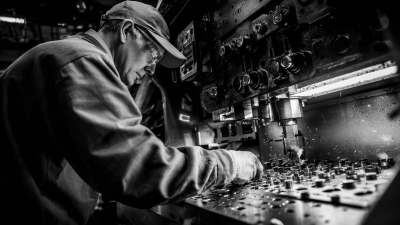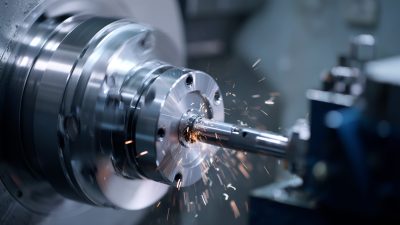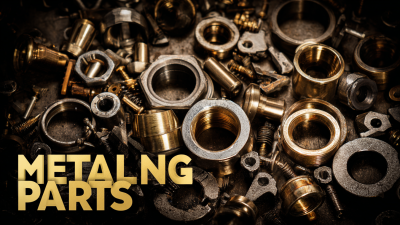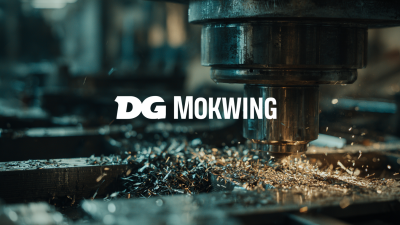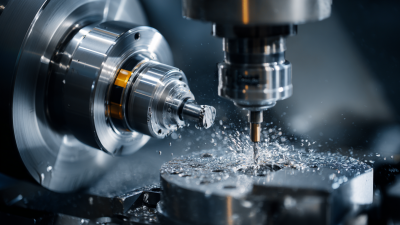
- sales@bjbod.com
- Mon - Sat at 7:00AM to 9:00PM

In the rapidly evolving landscape of modern manufacturing, the processing of parts has emerged as a critical focal point for enhancing efficiency, precision, and overall productivity. As industries strive to meet the demands of innovation and sustainability, understanding the latest advancements and techniques in part processing becomes essential. This guide delves into various "how to" approaches that harness cutting-edge technologies, such as additive manufacturing, CNC machining, and automation, to optimize the production process. By exploring these innovations, manufacturers can not only improve the quality and performance of their products but also reduce waste and operational costs. The following sections will provide valuable insights and practical strategies for effectively implementing these processing techniques, ultimately paving the way for a more streamlined, modern manufacturing environment.
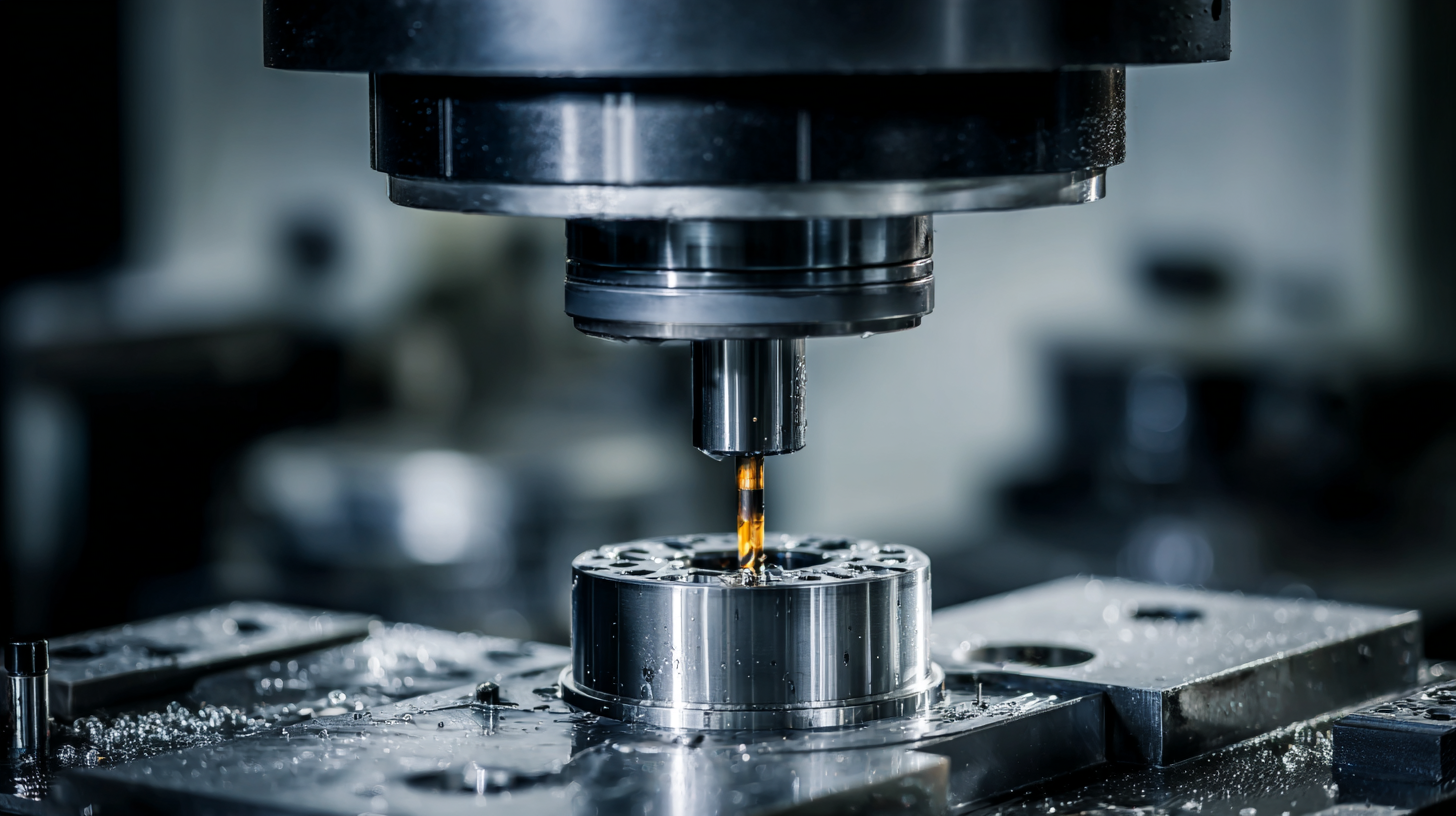
Innovative technologies are fundamentally reshaping the manufacturing landscape, particularly through digital transformation and automation. A recent report indicates that up to 85% of manufacturers are integrating advanced digital solutions to enhance operational efficiency and drive innovation. This wave of transformation is evident across various sectors, notably in the automotive industry, which is leveraging digital tools to streamline production processes and improve supply chain management.
The implementation of data-driven decision-making has proven to optimize resource allocation, leading to a reduction in operational costs by an estimated 20%.
Additionally, green innovation is becoming a focal point for manufacturers aiming for sustainability and competitive advantage. Studies show that companies that embrace digital transformation alongside green initiatives are 40% more likely to achieve long-term sustainable growth. The Global Lighthouse Network, which encompasses 132 factories currently, highlights successful adoption of advanced manufacturing technologies that boost productivity while ensuring environmental sustainability.
These advancements not only enhance efficiency but also position manufacturers at the forefront of eco-friendly practices, crucial in today’s market driven by environmental accountability.
In the realm of modern manufacturing, advanced materials are at the forefront of driving efficiency and revolutionizing processes. According to a report from the World Economic Forum, industries that incorporate innovative materials can achieve up to a 30% increase in production efficiency and a significant reduction in waste. The shift towards lighter, stronger materials such as carbon fiber, titanium alloys, and advanced composites has led to enhanced performance in sectors ranging from aerospace to automotive. This not only optimizes resource use but also extends the lifecycle of manufactured products.
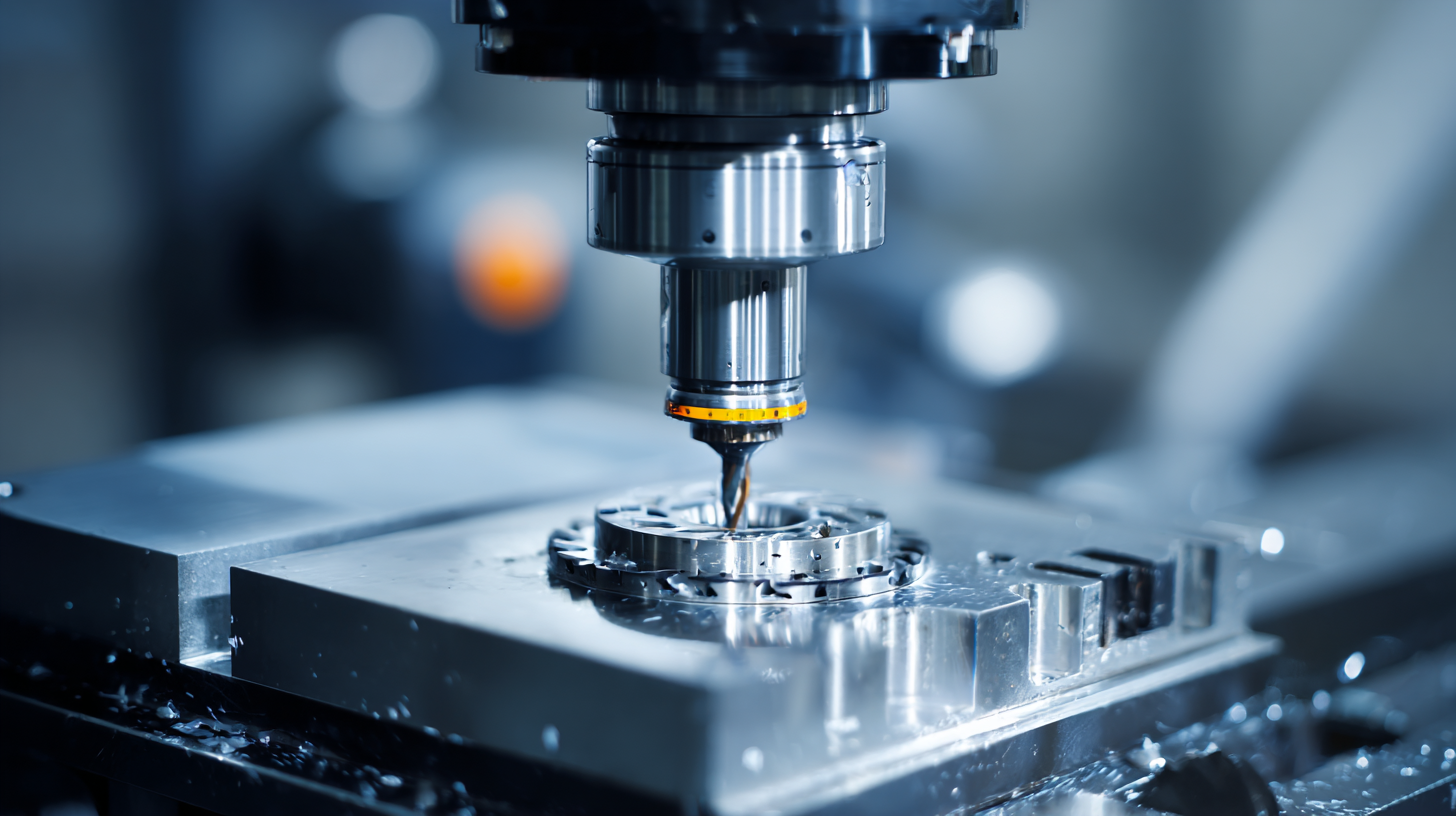 Moreover, the integration of additive manufacturing techniques is further propelled by advancements in material science. The Wohlers Report indicates that the additive manufacturing industry is expected to grow to $35.6 billion by 2024, driven largely by advancements in materials like high-performance polymers and metal powders. These materials enable manufacturers to produce complex geometries that traditional methods cannot achieve, thereby improving both design flexibility and operational efficiency. As manufacturers continue to prioritize sustainability and resource optimization, the focus on innovative material solutions will undoubtedly shape the future landscape of modern manufacturing.
Moreover, the integration of additive manufacturing techniques is further propelled by advancements in material science. The Wohlers Report indicates that the additive manufacturing industry is expected to grow to $35.6 billion by 2024, driven largely by advancements in materials like high-performance polymers and metal powders. These materials enable manufacturers to produce complex geometries that traditional methods cannot achieve, thereby improving both design flexibility and operational efficiency. As manufacturers continue to prioritize sustainability and resource optimization, the focus on innovative material solutions will undoubtedly shape the future landscape of modern manufacturing.
The modern manufacturing landscape is being transformed by the integration of automation and robotics, significantly enhancing efficiency and productivity across various sectors. A recent assessment highlights that advancements in robotics and artificial intelligence (AI) are crucial in addressing labor shortages and rising consumer expectations, particularly in industries like food production. For instance, the implementation of robotic systems in food processing has led to improved safety measures and higher production quality, with studies indicating that automation can increase output by up to 30% when properly applied.
Moreover, the domain of industrial robotics has evolved substantially since its inception in the 1960s. Innovative developments in sensing technology and machine learning now allow robotic systems to adapt and learn from their environments, which is essential for tasks such as assembly, logistics, and even construction. The integration of collaborative robots, or cobots, further demonstrates this trend, allowing for safer interactions with human workers while optimizing workflows. Reports forecast that the demand for robotics engineers in various sectors will surge by 25% by 2025, driven by these technological advancements and the growing need for automation solutions in a fast-paced manufacturing environment.
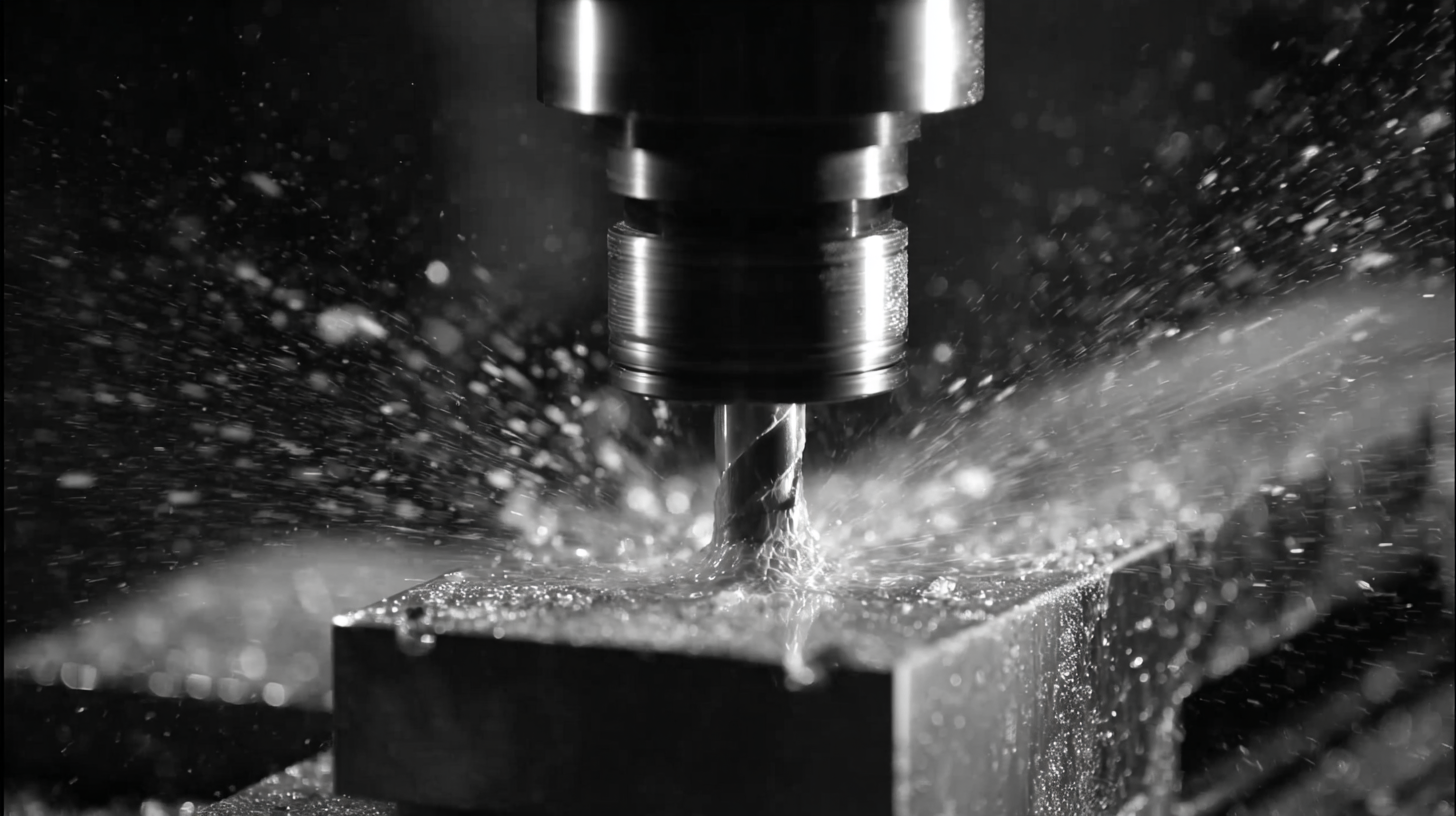
Additive manufacturing, commonly known as 3D printing, has revolutionized part design in contemporary manufacturing. Unlike traditional subtractive methods that shape materials by cutting or drilling, additive manufacturing builds parts layer by layer, allowing for greater complexity and customization. This approach not only reduces material waste but also enables the creation of intricate geometries that would be impossible or prohibitively expensive to achieve with conventional techniques. As a result, designers have the freedom to innovate, thereby enhancing the functionality and performance of the final product.
Furthermore, the role of additive manufacturing extends beyond just creating prototypes; it is increasingly being used in production environments. Industries such as aerospace, automotive, and healthcare are leveraging this technology to produce lightweight components and patient-specific implants, showcasing its versatility and efficiency. The rapid iteration allowed by additive manufacturing means that designs can be tested and refined much faster, leading to shorter development cycles and more effective results. This capability not only accelerates time to market but also encourages a more sustainable approach to production, aligning with the growing demand for environmentally-friendly manufacturing practices.
| Parameter | Details |
|---|---|
| Additive Manufacturing Techniques | Fused Deposition Modeling (FDM), Stereolithography (SLA), Selective Laser Sintering (SLS) |
| Materials Used | Plastics (ABS, PLA), Metals (Titanium, Aluminum), Composites |
| Applications | Aerospace, Automotive, Medical Devices, Prototyping |
| Advantages | Complex geometries, Reduced waste, Customization, Rapid prototyping |
| Challenges | Limited material range, Post-processing requirements, Speed for mass production |
| Future Trends | Bioprinting, Multi-material printing, Sustainability efforts |
The modern manufacturing landscape is witnessing a transformative shift towards sustainable practices, particularly in the processing of parts. Innovations in material sourcing, manufacturing techniques, and energy efficiency play a crucial role in reducing environmental impact. For example, advancements in additive manufacturing and 3D printing facilitate the use of recycled materials, minimizing waste and promoting a circular economy. These technologies not only enhance design flexibility but also significantly lower the carbon footprint associated with traditional manufacturing methods.
Moreover, the integration of smart technologies is revolutionizing part processing. IoT devices and machine learning algorithms enable real-time monitoring and optimization of manufacturing processes, ensuring that energy consumption is kept to a minimum. Companies are increasingly adopting eco-friendly cooling fluids and alternative energy sources, making strides towards a greener future. These innovations are not only beneficial for the environment but also result in cost savings and increased efficiency, ultimately positioning businesses as leaders in sustainable manufacturing.
